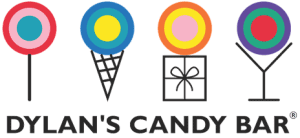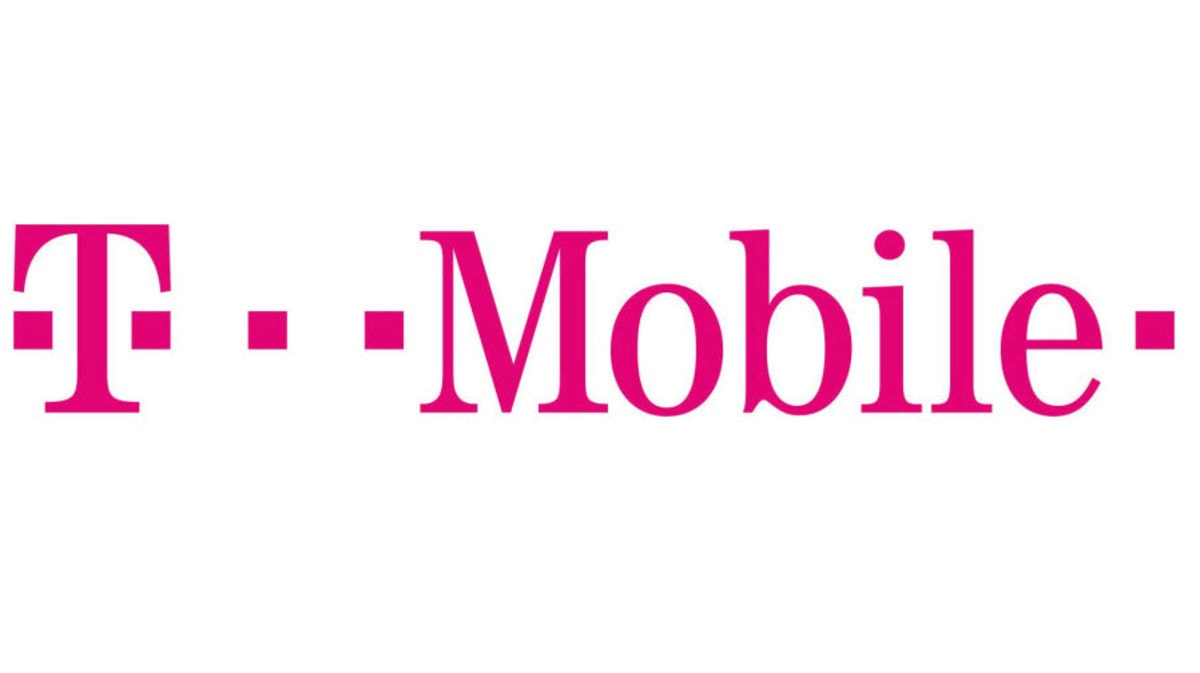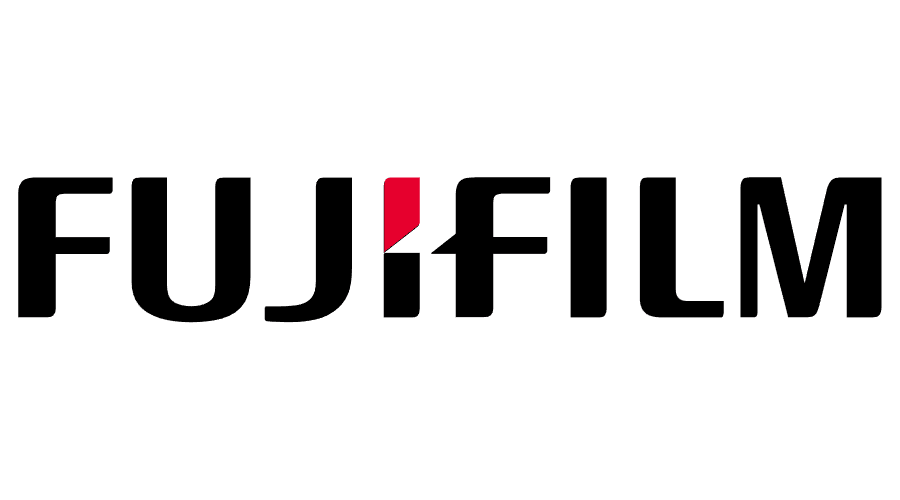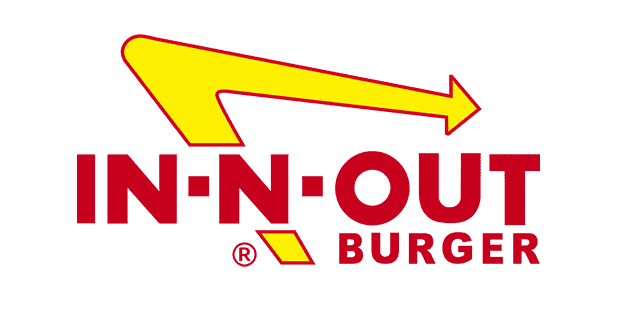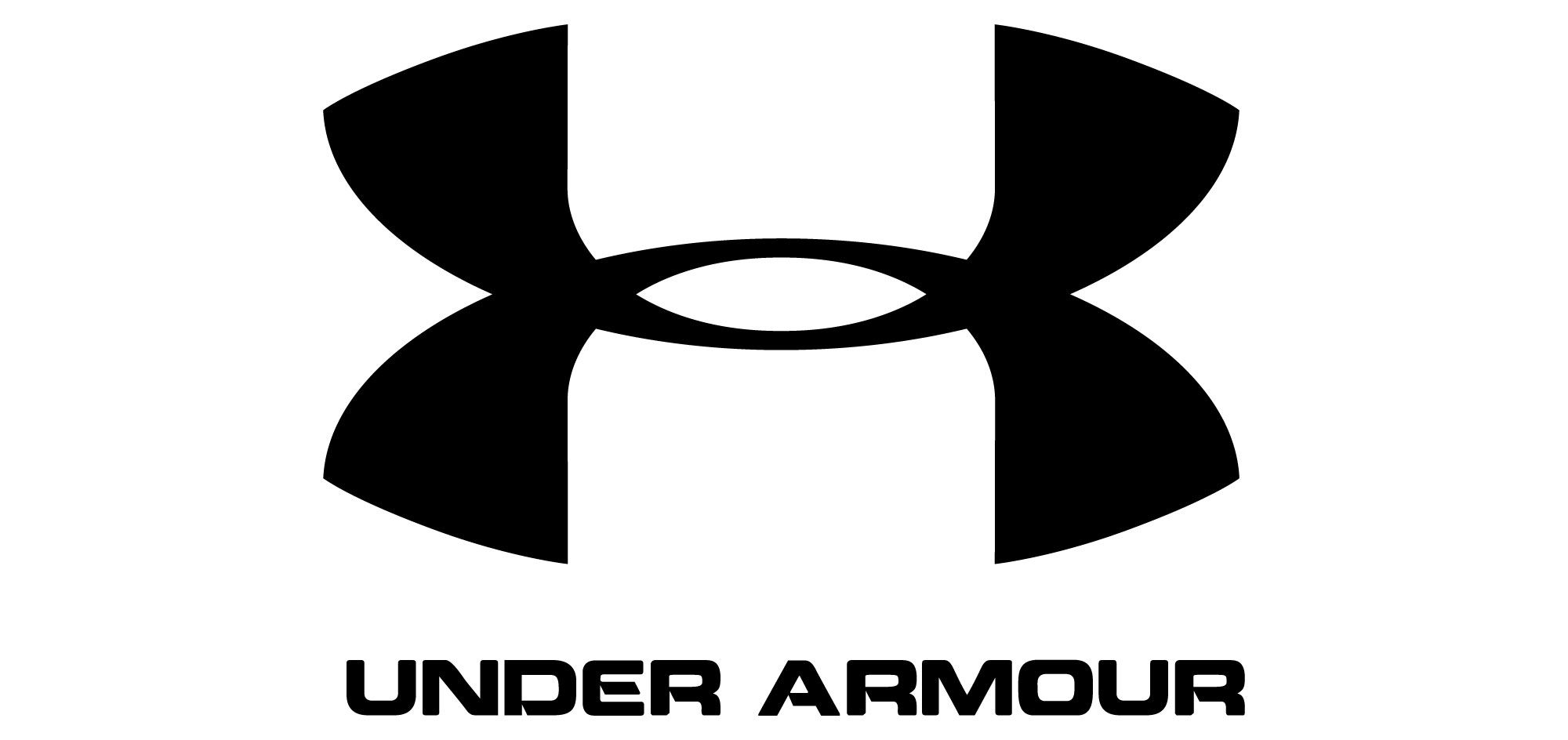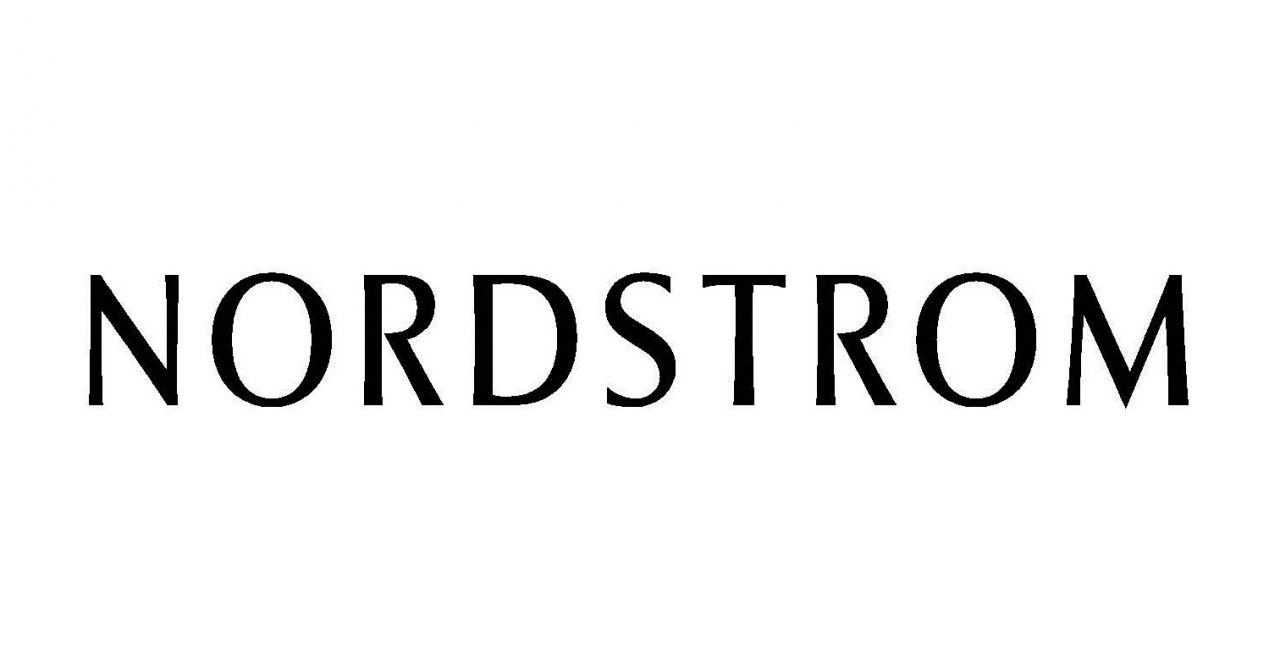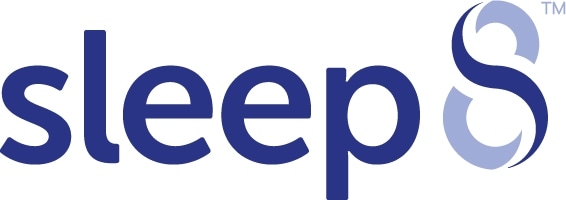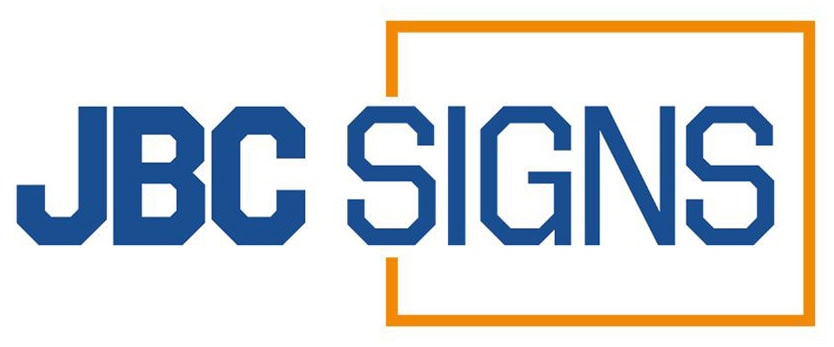From restaurants to retail stores, any type of business can benefit from upgrading its in-store signage. Whether to increase sales, generate leads or improve customer loyalty, an effectively designed sign can have huge effects for your business.
Many business owners, however, make the mistake of thinking that quantity of in-store signage – rather than quality of in-store signage – is the key to attracting the attention of customers and encouraging them to take action.
In reality, it’s just the opposite. While a large quantity of signs can amplify the effects they have, no amount of signage can make up for a design that just doesn’t catch the attention of your target audience.
There are two keys to designing effective in-store signage: creating an eye-catching design and writing copy that truly engages your target audience. In this guide, we’ll share five tips to help you design and create more effective in-store signage.
Focus on readability
Many business owners, particularly small business owners, make the mistake of using a “creative” font for their sign design. The end result is a sign that might be charming and unique, but is often too hard for customers to read and understand.
Unique fonts might stand out, but they’re often less readable than classic serif and sans-serif typefaces. There’s a reason direct mail marketers and newspapers have relied on the same typefaces for so long – they work!
When you’re designing in-store signage for your business, focus on readability first and style second. It’s far better to sacrifice unique style for a message that’s easier to read than to compromise your message by using an unusual, reader-unfriendly font.
Use the AIDA formula
When you’re writing copy for your in-store signs, it helps to keep the AIDA formula in mind. The formula is simple: first you aim for attention, then interest, then to get the prospect to make a decision, and finally to take action.
In a sign or poster, the AIDA formula means that your title should be the first aspect of your poster that prospects notice. The purpose of the title is simple – to give your target audience a reason to continue reading the rest of the sign.
Designing your signs and preparing their copy in a step-by-step process using the AIDA formula might seem too simple to work, but it’s a proven sales and marketing technique that’s been in use for decades.
Pick contrasting colors
Contrast is the key to catching someone’s attention. The reason we notice bright red stop signs is because they stand out from the road environment. The reason digital signage stands out is because it’s bright and colorful in bland, plain surroundings.
Make your in-store signs stand out as much as possible by choosing combinations of colors that contrast heavily. Black and white, yellow and blue or red and white stand out from each other and create a powerful visual impact.
While it’s great to use contrast to attract attention, it’s also important to remember that too much contrast can affect the way people perceive your brand. If you offer a high-end, exclusive product or service, contrast can negatively affect your branding.
Choose a great offer
The key to an effective promotion is a great offer. No matter how well designed your signs are or how carefully written your copy might be, your in-store signage will fail to have much of an effect if it’s promoting an offer people don’t care for.
Highly effective signs combine a great design and engaging copy with an offer that’s truly appealing to their target market. From free giveaways to exclusive discounts, a sign needs to promote a valuable offer in order for people to respond to it en masse.
Which offers have been the most successful for your business in the past? From free giveaways to membership in your company’s loyalty club, promote something that’s truly valuable for your target audience and you’ll create a successful campaign.
Use humor to stand out
In a world where most advertising is straight to the point and simple, using humor is a great way to stand out. Clever, interesting advertisements naturally get noticed by their target audience and often receive free promotion via word of mouth.
If you can think of a clever pun or funny joke to include in your in-store signage, use it to your advantage. Humor makes people far more responsive to advertising, even if they would usually ignore it.
There’s a careful balance that needs to be struck between funny and effective. Focus entirely on humor and your signage will be noticed but ineffective; combine humor and sales-driven copy and your ad will be noticed, enjoyed and responded to.



